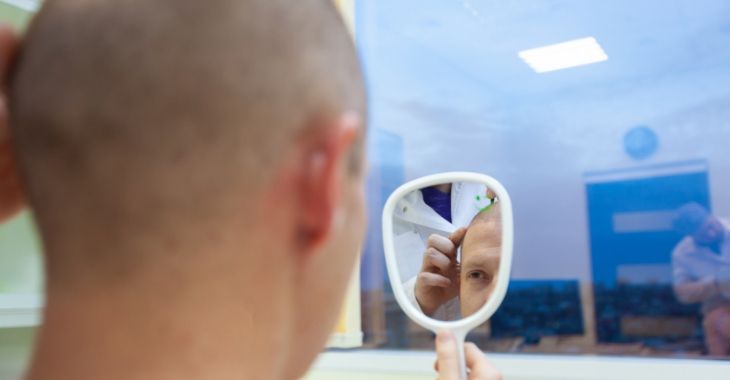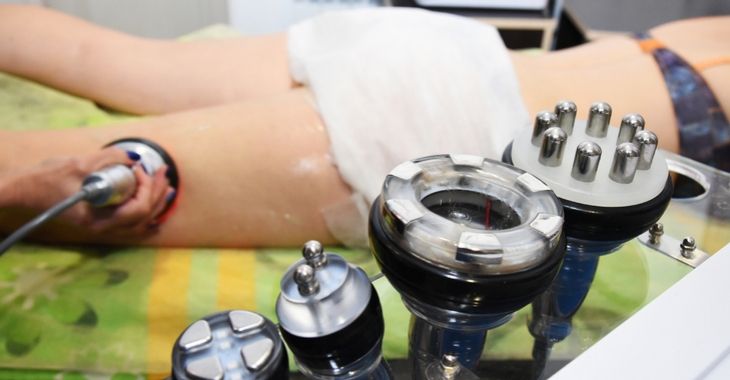How Can Platelet-Rich Plasma Help Hair Growth?

Did you know your blood contains components that help stimulate healing? When the platelets in your blood are concentrated, they can be introduced to areas that need healing and help with cell rejuvenation. Platelet-rich plasma or PRP is a substance that is extracted from blood that can be used for helping wounds heal and cell rejuvenation. When applied to hair follicles that are underproducing, they can be a stimulant to improve hair growth.
PRP Treatments for Hair Growth
For men and women that have thinning hair or a receding hair line, PRP treatments may be a non-invasive option to restore thicker hair. What is great about PRP is that it is naturally-occurring in the body, not a drug or medication. To extract PRP, blood is taken from the patient and put through a centrifuge. This “spins” the blood and separates the platelets, resulting in PRP.
To use PRP for hair growth, the sterilized PRP from the patient is injected into hair follicles that are struggling. This application of PRP can help restore healthy hair follicles and improve the production of hair. The procedure can be done at a dermatology clinic that offers this treatment. There are no risks of allergic reactions or side effects from the PRP since it is removed from the patient’s own blood.
Hair loss can be frustrating, embarrassing and affect a person’s self-confidence. PRP treatments to stimulate hair growth is a non-surgical option without the risk of unwanted side effects that can occur with some hair loss medications and treatments. If you are interested in learning more about how your own blood can help improve hair growth, contact a local dermatologist that offers PRP treatments.
Posted on behalf of:
Medical Dermatology Specialists
5730 Glenridge Drive, Suite T-100
Atlanta GA 30328
(404) 939-9220
The information provided on this website, including text, graphics, images, and other materials, is intended solely for informational purposes and should not be used as a substitute for professional medical advice, diagnosis, or treatment.

)